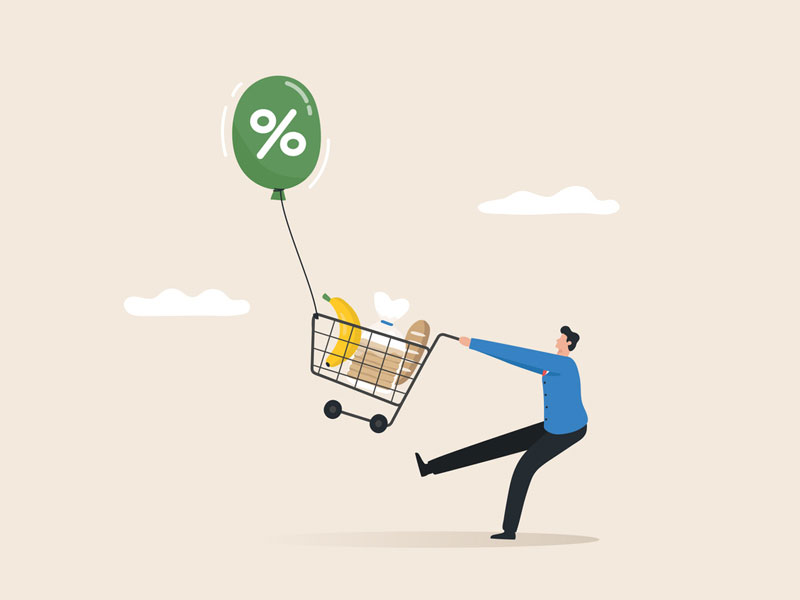
After several monthly declines, headline inflation edged higher once again at the end of 2023, according to new data from the Organization for Economic Cooperation and Development (OECD).
The annual inflation reading for December came in at 6.0%, up from the 5.8% in November, the OECD reported.
Headline inflation was up in 14 countries, down in 21 others, and flat in three, it noted.
Notably, in the G7 countries, headline inflation ticked up in December, coming in at 3.2%, up slightly from 3.1% in November.
“The largest increase was registered in Germany, where inflation rose to 3.7% in December from 3.2% in November,” the OECD said, adding that there were smaller increases in Canada, France, and the U.S.
Core inflation (excluding food and energy) was the main contributor to headline inflation in most G7 countries in December, it said.
For the OECD overall, core inflation was “broadly stable” at 6.7%, the group reported.
The strength in core inflation came while energy inflation remained in negative territory for the eighth straight month. The decline in food inflation slowed in December, it noted.
For the full year, inflation averaged 6.9% in 2023, down from its 9.5% average for 2022, which the OECD said was “driven mainly by energy deflation.”
Food inflation also retreated in 2023, but remained above 10%, it noted.
However, core inflation was higher on average for the full year in 2023, the OECD reported — coming in at 7.0% in 2023, up from 6.7% in 2022 and “reaching its highest annual average rate since 1990.”